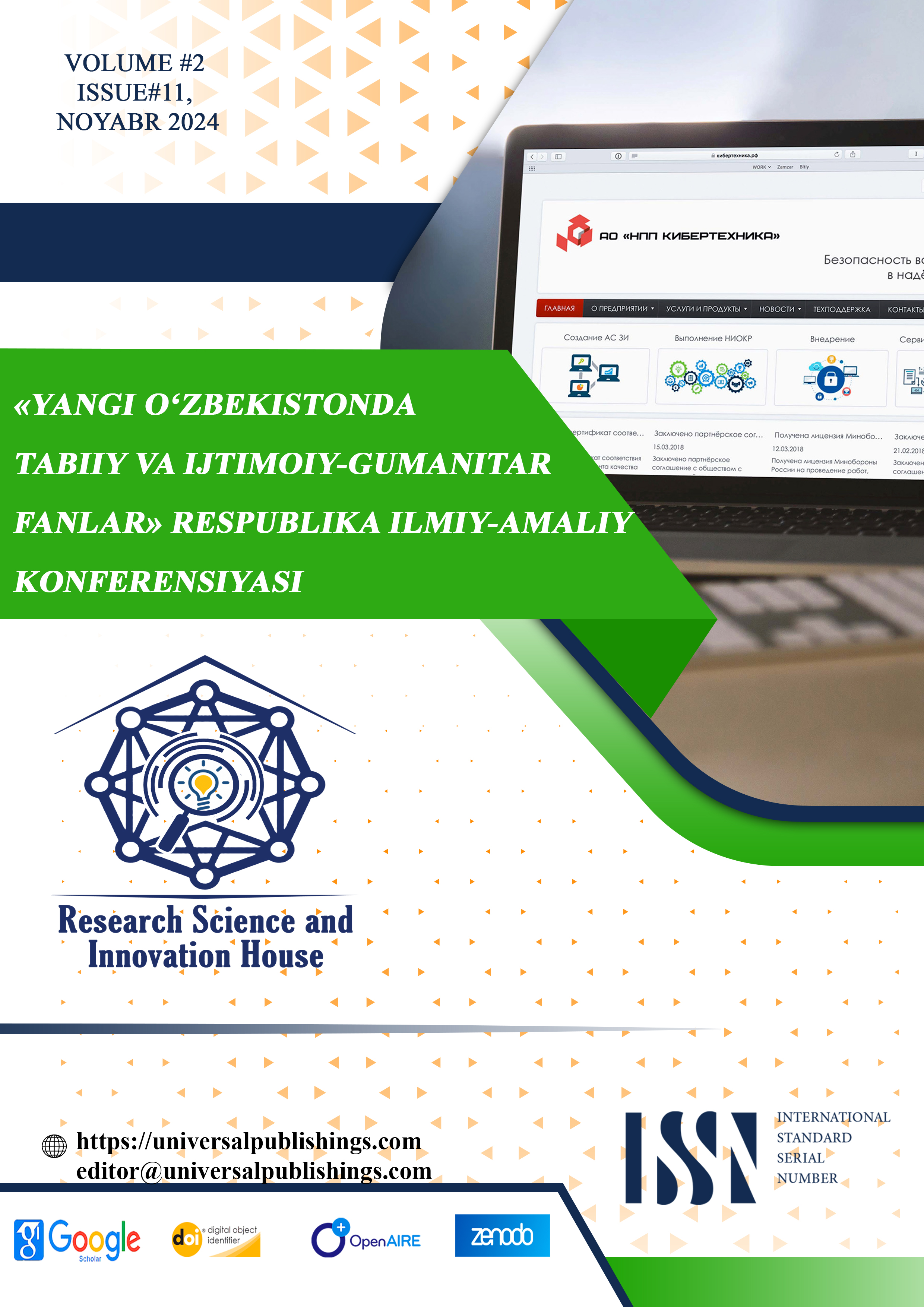Abstract
This article addresses the importance of incorporating cultural elements into Korean language education to enhance students’ linguocultural competence. Recognizing that language and culture are deeply interconnected, the study explores strategies that allow learners to achieve both linguistic proficiency and cultural insight. Key strategies discussed include the integration of culturally relevant texts, multimedia resources, and interactive activities such as role-playing and cultural exchanges, which serve as practical applications of language in real-life Korean contexts.
References
1. Brown H. D. (2014). Principles of Language Learning and Teaching (pp. 198–202).
2. Byram M. (1997). Teaching and Assessing Intercultural Communicative Competence (pp. 85–90).
3. Choi S. (2018). Cross-Cultural Communication in Korean Language Learning (pp. 59–64).
4. Kim Y., & Baek S. (2015). Innovative Approaches in Korean Language Education (pp. 103–108).
5. Kumaravadivelu B. (2006). Understanding Language Teaching: From Method to Postmethod (pp. 154–160).
6. Lee J. (2012). Korean Language Education and Cultural Contexts (pp. 42–48).
7. Park H. (2020). Linguocultural Competence in Language Education (pp. 211–215).

